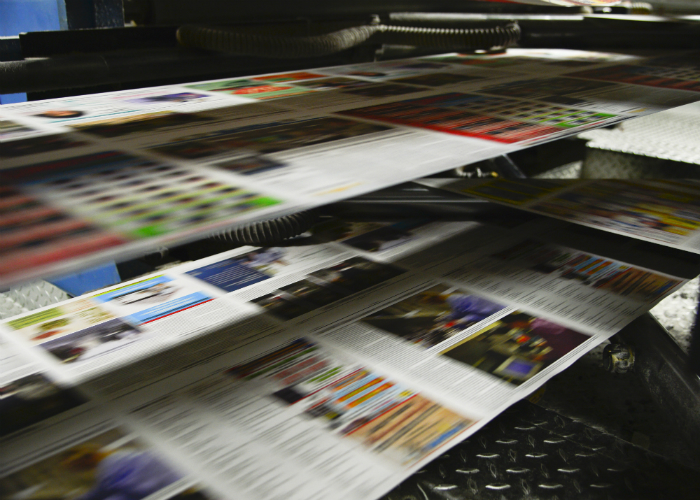
People make a difference in every industry and printing is no exception. In the US we are seeing a shortage of skilled personnel, especially in press operation. Printers have benefitted by having presses that are paid off. This has helped them deal with shorter runs on those presses.
As a college teacher, I receive regular contacts from printers who are seeking operators for their presses, many of which are over 25 years old. Even our high schools have cut programs for vocational education and printing has morphed into design and desktop publishing. Thus, finding people to run those offset presses is becoming an issue.
The result of all this is that commercial printers must find ways to handle short and moderate runs. At the same time, reductions in paper and plate volume have engendered price increases for these consumables. One of the alternatives for printers involves a change in their reproduction technology. It requires technology that is more automated (which would allow less operator skill), that can handle offset stocks, and handle the sheets that allow signatures to be printed.
Until recently, digital printing has been limited to pages or smaller sheets. Thus, volumes have been defined as page impressions. The majority of offset presses print 4-up, 8-up, or even more-up pages on one sheet. This produces signatures that work with existing finishing workflows.
In the last few years, a few large format (not wide format that is used for signage) digital presses have been introduced. The first versions had some limitations but now they are being installed in plants around the world. Some use a version of electrophotographic toner but most are now applying inkjet. These machines cut makeready substantially. They eliminate plates. They are more automated. They are an important part of our future.
We have already automated our workflows substantially. Files usually come in via the web; pre-flighting is highly effective; PDFs are robust, and many of the skillsets of the old printing industry are apps. Just 30 years ago, we were still using film and stripping.
Digital printing entered the industry in 1993 and most printers have some form of digital printing for smaller jobs. It is natural to predict that digital printing will handle larger and larger jobs, both in terms of sheet size and run length.
This is not to say that offset will disappear. It will continue as a viable process for some period of time. Offset still has an advantage for longer runs , spot colors, and quality. But I contend that many buyers of print are no longer willing to pay a premium for the highest color quality. This may be anathema to printers, but it is happening. And finding people who can make those machines produse such quality will be an issue.
New B1 and B2 digital presses are advancing. They open new markets for variable data printing, but using existing workflows. They are highly automated.
They are our future.
Comment below to have your say on this story.
If you have a news story or tip-off, get in touch at editorial@sprinter.com.au.
Sign up to the Sprinter newsletter
